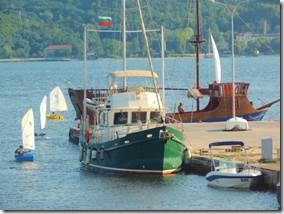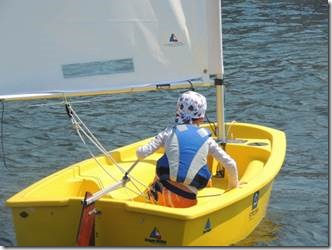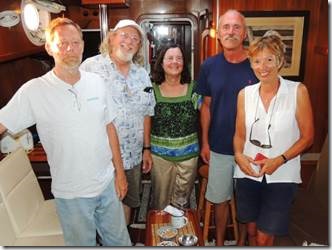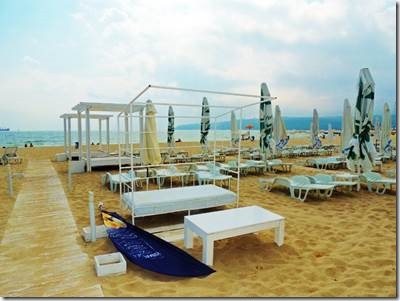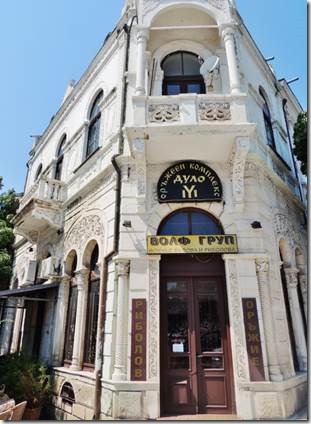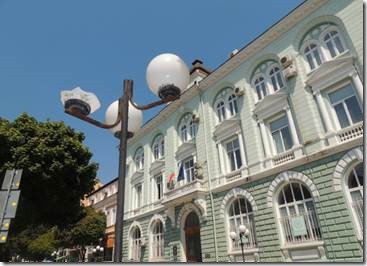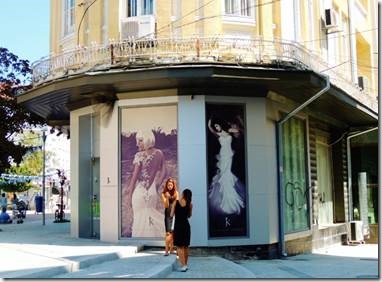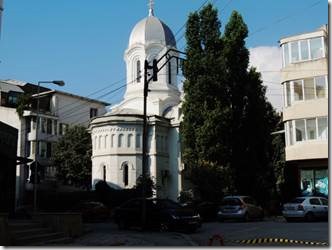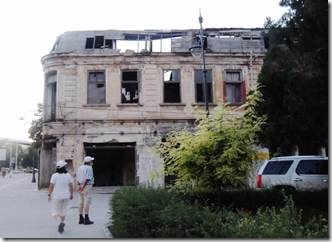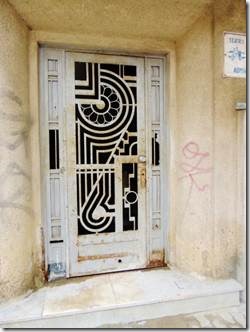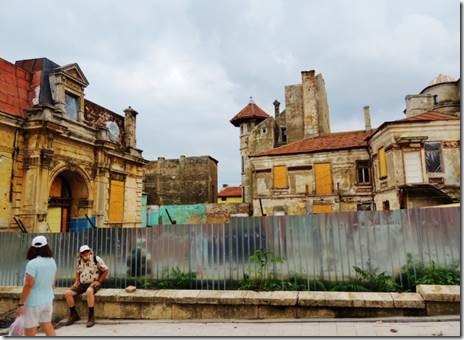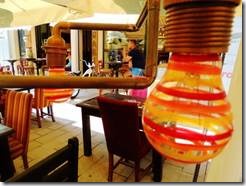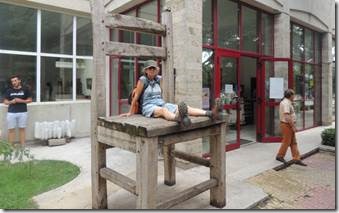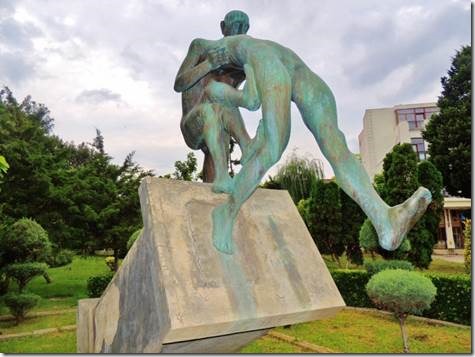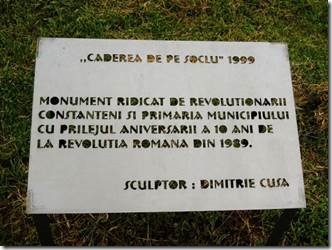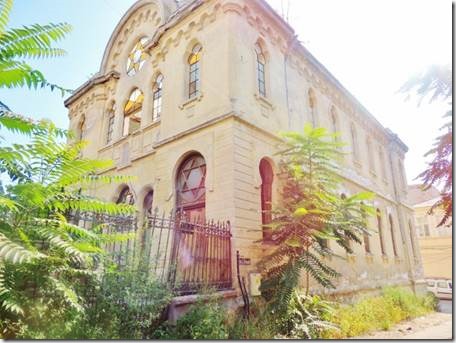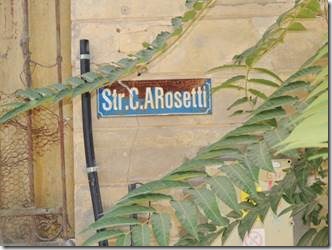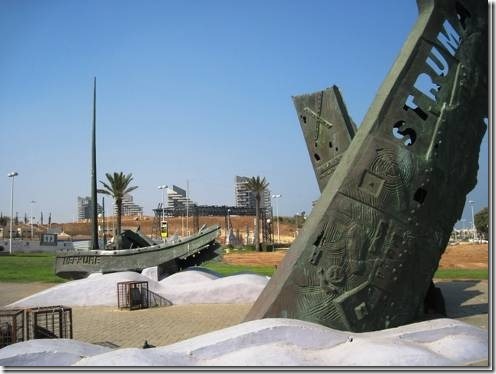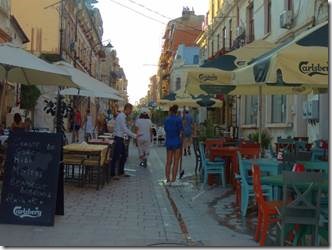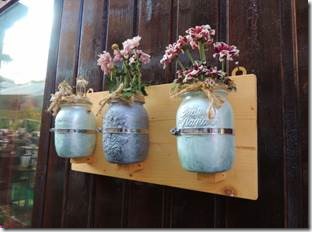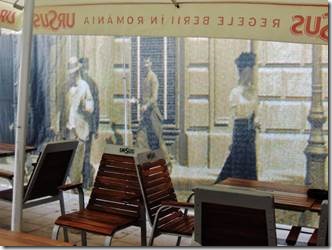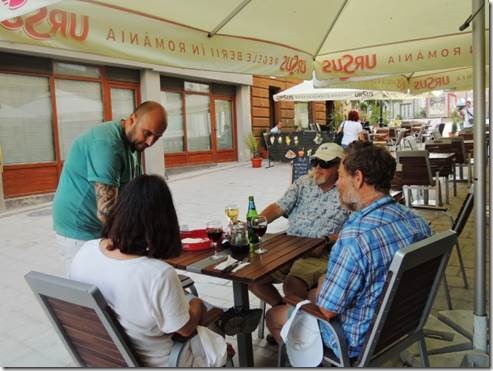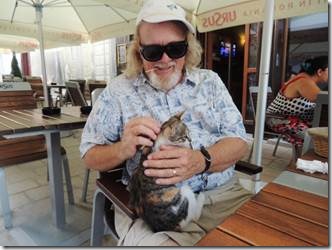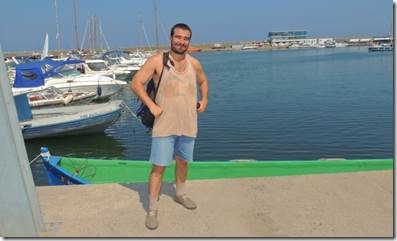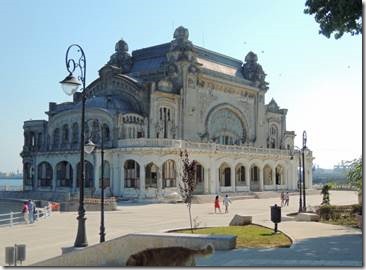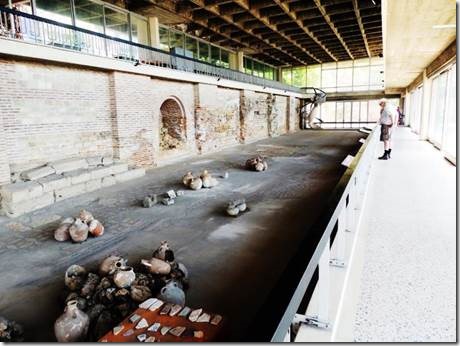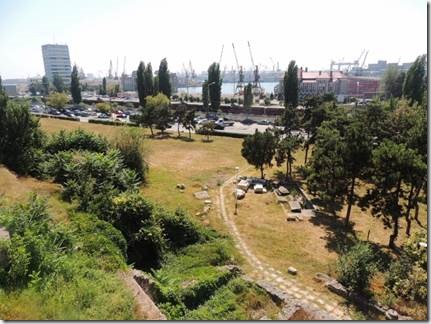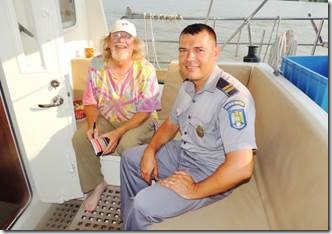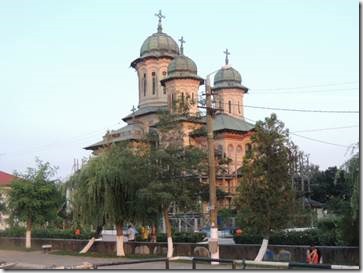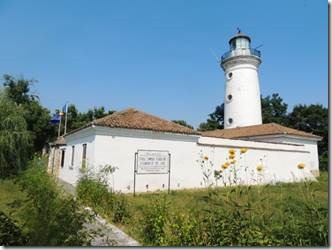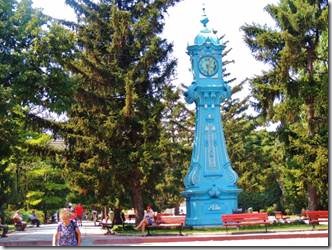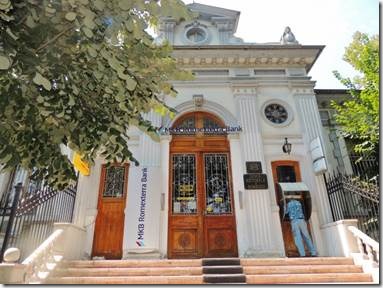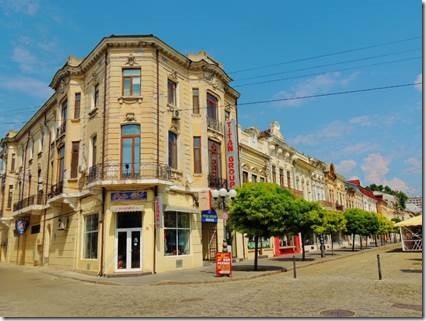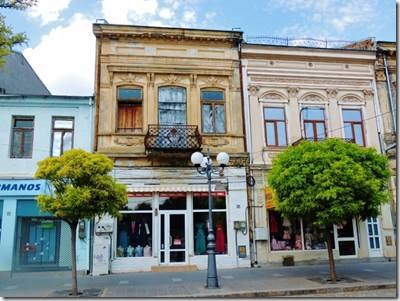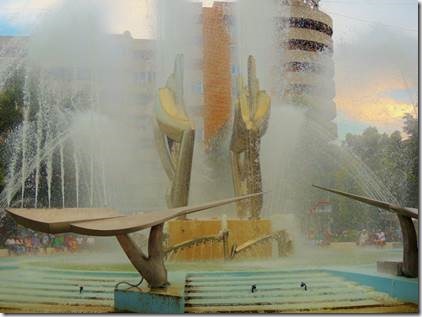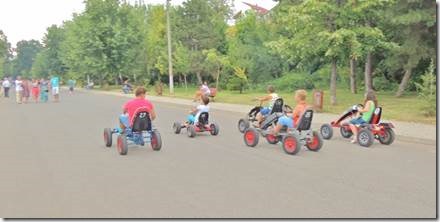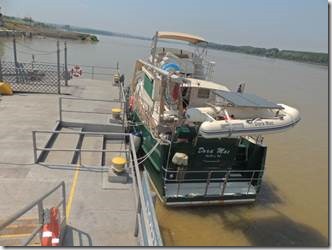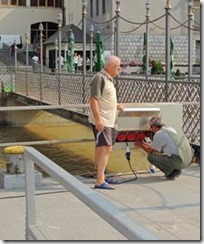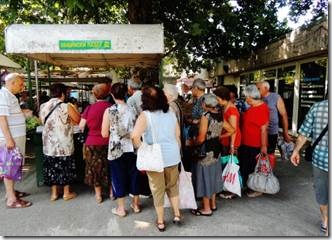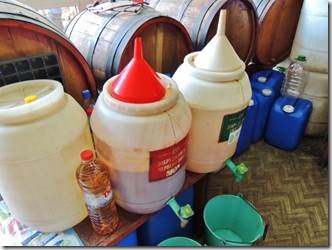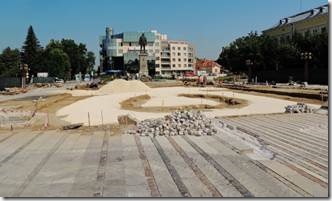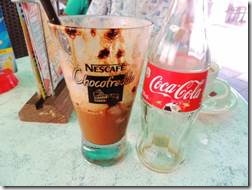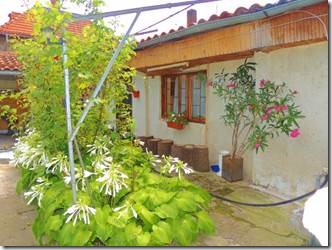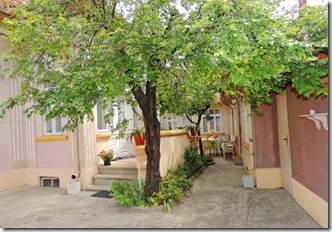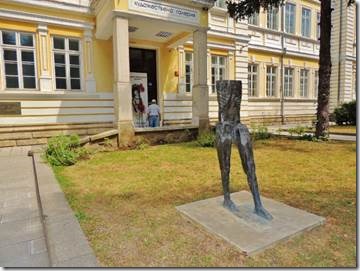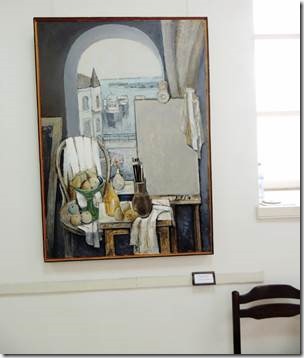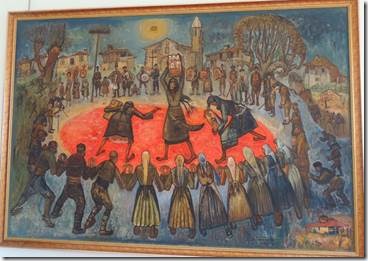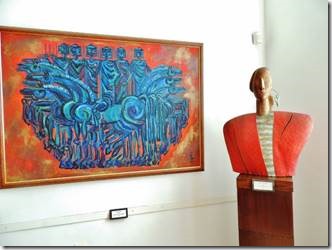Atakoy Marina
Istanbul, Turkey
Merhaba,
A tiny bit of my Turkish is coming back, just a tiny bit which I can say in Turkish but can’t spell at this point so I won’t especially after a night passage with watches and interrupted sleep. The fee for this marina seems outlandish to us as well as the agent fee to check in so we’ll do it further down the coast. We’ll do short day trip for the next few days, our ultimate goal being Marmaris by the 7th or 10th of September depending on the weather.
I liked Varna and if we’d stayed a few more days, there were some interesting museums and later in the week a morning walking tour. As it was we were too tired at the end of the day to schlep back into town for the 2 hour daily evening walking tour. One of our reasons for stopping in Varna was boat paint and we spent our first morning on a wild goose chase looking for it. Long story, bad ending.
But Varna is charming and definitely worth a visit. And both restaurant meals I had there were really good!
VARNA – The Sea Capital Of Bulgaria !
“It’s a cosmopolitan place and a nice one to scroll through: Baroque, turn-of-the-century and contemporary architecture pleasantly blended with shady promenades and a handsome seaside garden.” That just about sums it up.
|
We left Constanta 7:55 pm and arrived in Varna at 9:00 am. My watches were from 10pm until midnight and then from 6 am until 8 am so I got to see the sun rise. No doubt which direction is East. |
|
The marina shared the public dock so we were surrounded with “pirate touring frigates” playing American pop music and tiny sailboats with tiny children learning to sail. Learning to sail when you’re too tiny to fear death is a good time. The boy in the yellow sailboat looked no older than 5 or 6. He was followed about by a woman in a motor-dinghy teaching him “the ropes.” I did think a few of the kids were going to crash into us, but they all did just great. |
|
Greenpeace Rainbow Warrior was in port for maintenance |
|
Carling Cherry Cider; a good alternative to wine or beer! “Looking for refreshment of a different flavour? We’ve expanded our Cider range to include new Carling British Cider Cherry. Like our core Carling British Cider, Cherry is a blend as delicious and refreshing as our No. 1 lager, featuring a refreshingly crisp taste with just a hint of sweetness. And, of course, a beautiful cherry flavour.” http://www.carling.com/products/cherry-cider/ I actually chose the Carling because I’ll remember the Carling brewery near Boston on the “shores of Lake Cochituate,” which was always mentioned in their commercials. I do think the Carlings are related but I can’t prove it just now. “Hey Mabel, Black Label! In 1956, Carling began brewing in a brand new state-of-the-art brewery in Natick,which was located in suburban Boston. This was also the first new brewery in over 40 years for the New England area.The brewery sat on 32 acres of land and overlooked Lake Cochituate. Natick, "America’s Most Modern Brewery", had the following brewing.” http://heymabelblacklabel.com/id45.htm |
|
Dutch/Swedish Antonia and “Harry” came aboard. We’d met them several stops previously but finally had time to get together. They have two great little dogs who now just wag their tails at me rather than barking a few woofs. |
|
Town was a schlep…. But worth it. This time we walked over to the beach side and then through the park. |
|
A love letter along the quay. Day-beds rather than beach chairs |
|
Town was a mix of older and Soviet and new and neighborhoods… The History of Varna Museum and the Church across the street. There wasn’t time to go the first day we arrived and we never made it back but it sounds interesting. History of Varna Museum “Established in 1969, this history museum is housed in a building that has had several lives. Originally the Belgian consulate, the same building was later a hotel and then a prison before the museum opened on the site. Three exhibitions are spread across the three floors with a total display space of 600 square meters. Here you can learn all about Varna’s economic, industrial, cultural, educational and touristic development from 1878 to 1939.” http://www.gpsmycity.com/tours/museum-walking-tour-in-varna-3733.html http://12121.hostinguk.com/varna_history_museum.htm tells about the exhibits. |
|
The restaurant next door.. Real chicken noodle soup and grilled garlic flatbread. Yum!!! |
|
Some new mixed with the old in the great neighborhood between the marina and center city. |
|
People watching is always fun |
|
This young woman was head to toe American flag so Randal gave her one of our American flag bandanas to complete the outfit. |
|
Opera Varna building http://www.operavarna.bg/monthly_progall_a.php Poster in the lobby for the Opera Nabucco so, of course, I had to investigate the Jewish star. нАбуко = Nabucco (That was a task guessing the letters to use on the Google translate Bulgarian Typewriter.) “On its surface, Nabucco is about the epic struggle of Zaccaria and the Jews suppressed by Babylon’s King Nebuchadnezzar and his vengeful daughter, Abigaille. But to Italians fighting for their freedom from Austria, Verdi’s first great opera was an inspiring call to arms.” http://www.operaphila.org/production/nabucco I can see this translating to the Bulgarians fighting to free themselves from Comminism. “Varna is the largest Bulgarian port and resort city on the Black Sea Coast. Once the ancient Greek colony of Odessos, it is the center of operatic activity in north-eastern Bulgaria. The first performance of opera scenes date from the founding of a choir at St. Michael’s Church in 1893 and of the Gusla Music Society in 1899. In 1920, 1928, and 1930 attempts were made to organize a permanent theater; between 1926 and 1937 the first Bulgarian musical festivals began to be organized. After the socialist revolution in 1944, Varna became the home of the Varnensko Lyato (Varna Summer), an international music festival. A symphony orchestra was founded in 1946, and the Varnenska Narodno Opera (Varna National Opera) in 1947, housed in the National Theater. The first opera performance was Smetana’s The Bartered Bride. The repertory is predominantly Italian and German, with special emphasis on Mozart and modern European and Bulgarian music (especially that of Parashkev Hadjiev). Operas staged for the first time in Bulgaria include Cosi fan tutte, Britten’s Albert Herring and his version of The Beggar’s Opera, Il turco in Italia and Prokofiev’s Betrothal in a Monastery. The regular season starts in September and ends in August, with between four and eight new productions a year. The theater, built by N. Laxarov in 1932 is a mainly classical style, holds about 600; it was renovated during the 1980’s and reopened with Die Zauberflote (1989). |
|
Women and men were in the plazas selling handicrafts. It’s interesting to see what is common around the world such as woven slippers, wood carved products, and crocheted doilies. “In Bulgaria, when you enter someone’s house it is polite to remove your shoes which will be replaced with a pair of these hand made knitted or woven slippers. “ |
Varna’s origins back to almost five millennia, but it wasn’t until seafaring Greeks founded a colony here in 585 BC that the town became a port. The modern city is both a shipyard and port for incoming freighters and the navy, and a riviera town visited by tourists of every nationality.
It’s a cosmopolitan place and a nice one to scroll through: Baroque, turn-of-the-century and contemporary architecture pleasantly blended with shady promenades and a handsome seaside garden.
Some Facts About The City of Varna
Near the port of Varna, the oldest gold treasure in the world (dated from 4,500 BC) was found In 1972; an ancient necropolis with 280 tombs and 3,010 golden objects were found weighing over 6 kg altogether. According to experts it is the oldest processed gold ever found in Europe.
Today Varna is the largest city on Bulgaria’s Black Sea coast and is the main port for both naval and commercial shipping. Because it is a close neighbor to the popular coastal resorts of Golden Sands, St. Constantine & Helena, and Albena, Varna has a cosmopolitan atmosphere. Varna is also the host city of numerous prestigious cultural events.
The city lies in the Bay of Varna, nestled in a deep valley between the Frengen Plateau and the Avren Plateau. Varna is over 11 km long, while its width, including newly erected residential quarters, is nearly 9km. The city’s structure resembles an amphitheatre as it follows the curves of the Bay of Varna. It is surrounded by gardens, vineyards and groves.
During occupation by Turkish forces in the last decades of the 14th century, Varna preserved its significance as a port and trade center. As Bulgaria fell under the Ottoman yoke, the only bearers of the Bulgarian cultural tradition remained within the folklore, the people’s festivities, and the church paintings.
In 1881, after the liberation, the mayor of Varna Mihail Koloni brought up the question about a modern public park. His offer was at first scoffed by the local municipal councilors but a fund for the project was granted. Soon the park enlarged to 26 decares, 130 trees were planted, paths were cleared and ”towards nightfall alleys thronged by a long train of gentlemen and dressed-up ladies”.
Varna lies on the same latitude of the famous Atlantic resorts Bayonne and Biarritz in France, on a large, flat and high terrace on the northwestern most curve of the bay which juts some 7 km inland.
BBC report June 24, 2014 Forecasters said that the equivalent of a month’s rain fell in the regions of Varna and Burgas over the past 24 hours (June 19.)
http://www.bbc.com/news/world-europe-27935436 shows the devastation though most was cleared away when we arrived.



